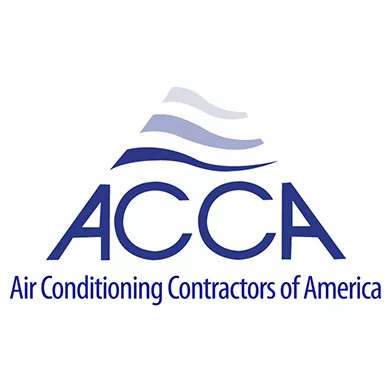ACCA, the Indoor Environment and Energy Efficiency Association, released the ACCA Technical Bulletin 2017-1 (entitled Commercial Refrigeration Line Sizing).
This Technical Bulletin discusses the advantages, disadvantages, procedures, and results of proper line sizing in commercial refrigeration systems (e.g. supermarkets, convenience stores, cold storage warehouses, etc.). This Technical Bulletin addresses line sizing for the following line types: Compressor discharge line; Liquid line; Suction line (and suction riser).
The refrigerants addressed are: R-22; R-134a; R-404A; R-407A; R-407C; R-448A; R-507C; and R-449A. Saturated suction temperatures range from -40F to +40F and the saturated condensing temperatures range from +50F to +135F; in increments of 10F. The “equivalent line lengths” of the refrigerant tubing is at: 50, 100, 150, 200, 250 and 300 feet.
Large lines have more copper, and therefore, more weight and correspondingly higher cost per foot. Additionally, larger diameters are more difficult to braze and require longer assembly times. However, lines that are sized too small will result in increased pressure drops, which will raise energy usage, while providing negative impact on equipment life expectancy and performance.





